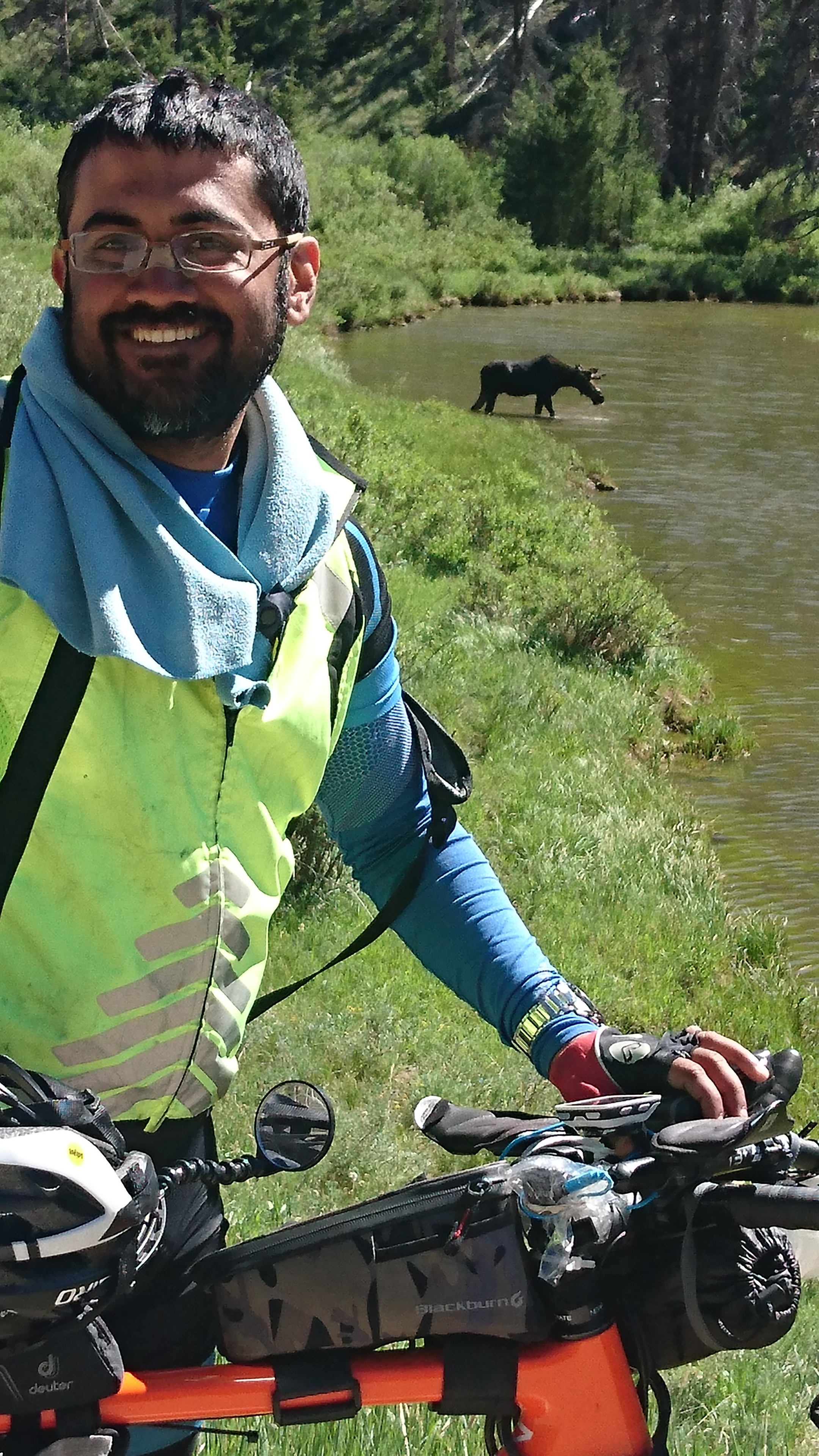Spotting and fixing problems
Sometimes, we don't spot a perfectly obvious problem, simply because we don't believe that it can even exist! After suffering some really annoying gear slips on my bike, from the largest cog (highest gear) in the front to the second largest, I spent a lot of time investigating my front derailleur for trouble. What I did not even give a cursory glance to was the condition of the teeth on the cog itself, for I did not believe it could have worn itself out. Today, when I checked it, I found that they'd worn pretty badly, and unevenly. The problem had existed for a while and had only gotten worse recently. Some of the teeth were so badly worn that it's not at all surprising that the chain kept slipping off! Arthur Conan Doyle, through his character Sherlock Holmes, said: "Once you eliminate the impossible, whatever remains, no matter how improbable, must be the truth". I believe that a corollary to this, is equally useful. Here's my version "Once you eliminate the impossible and the improbable, whatever remains, the trivial solution, is the truth!". I make the change because once the improbable solutions are exhausted, what's left is indeed what you suspected in the first place, the trivial answer, the most probable cause, the worst fear. In the above example, the most improbable causes, ordered from highest to lowest, were as follow:
- Worn out cog
- Worn out chain
- Misconfigured derailleur.
I was convinced that the cause was really #3. Checking #1 and #2 would only have taken mere seconds, but I just didn't believe they could be problematic and so didn't check them. Often, the improbable causes are really easy to eliminate and the worst fears involve the tougher and more expensive methods, to both diagnose and fix. Tackling them from the least expensive to the most is one good way of ensuring that the actual cause when arrived at, is not a guess but a certainty, and that not too much of unnecessary efforts are expended till that point.
Edit Once I found that the chainrings were worn out, I inspected the chain and found that it was the chain which was the real cause for the chainring wear; I'd simply been using a badly worn-out chain for far too long. I replaced both the chain and the crankset and the bike rides great now.
 Note that many teeth are worn out and rounded down while a few remain sharp and pointy.
Note that many teeth are worn out and rounded down while a few remain sharp and pointy.
